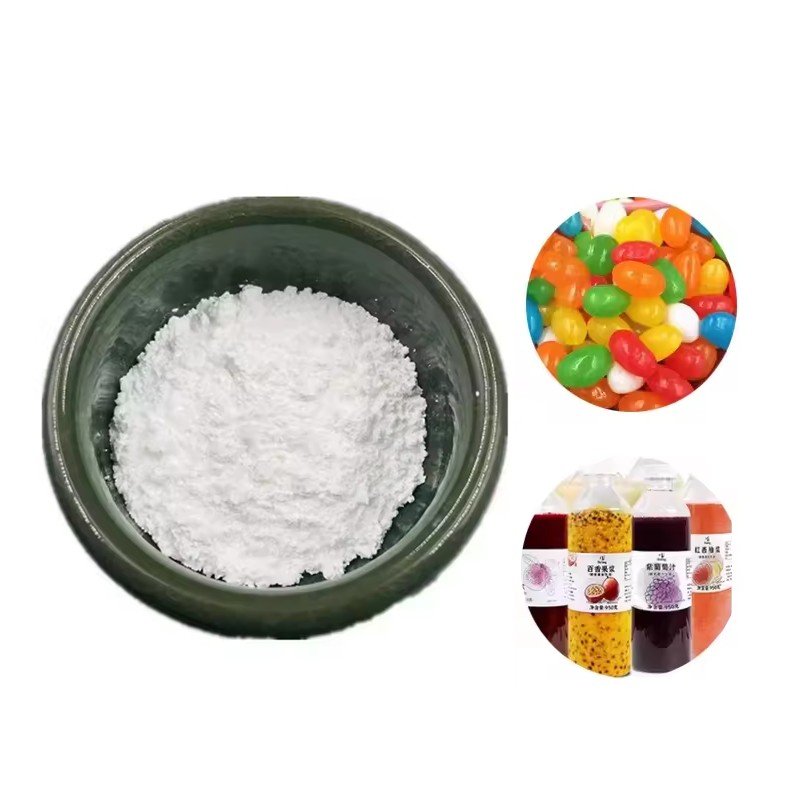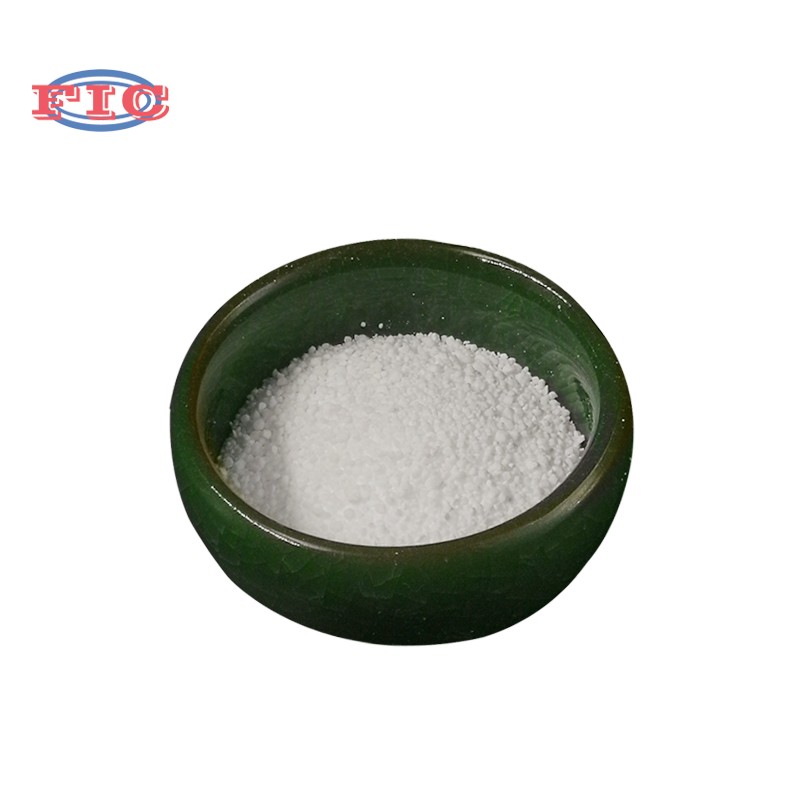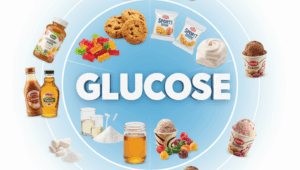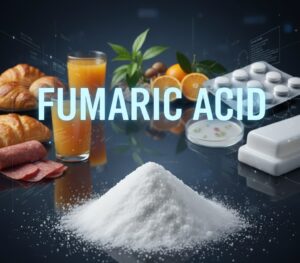If you’ve ever grabbed a sugar-free candy, low-carb protein bar, or even a tube of sugar-free toothpaste, chances are “maltitol” popped up on the ingredient list. It’s one of the most widely used sugar alcohols—but what exactly is it, where does it come from, and why do brands love it? Let’s break this down clearly, with insights backed by food science and regulatory guidelines.
What Is Maltitol, and Where Does It Come From
Maltitol is a sugar alcohol—a type of low-calorie sweetener—derived from starch. The most common source? Corn starch, though it can also be made from wheat starch. Always check labels if you have gluten sensitivities: most wheat-based maltitol is processed to remove gluten, but verification helps.
The production process is straightforward, but important to understand for transparency:
- First, starch from corn or wheat is broken down (hydrolyzed) into maltose, a natural sugar found in grains like barley.
- Then, maltose is treated with hydrogen through a process called hydrogenation, which converts it into maltitol. This step reduces the sugar’s calorie content and changes its chemical structure, making it less likely to spike blood sugar.
Unlike some artificial sweeteners, maltitol has a mild, sweet taste that’s close to table sugar—about 90% as sweet—and no bitter aftertaste. That’s why it’s a go-to for brands aiming to mimic the texture and flavor of sugar without the extra calories.
Common Uses of Maltitol Across Industries
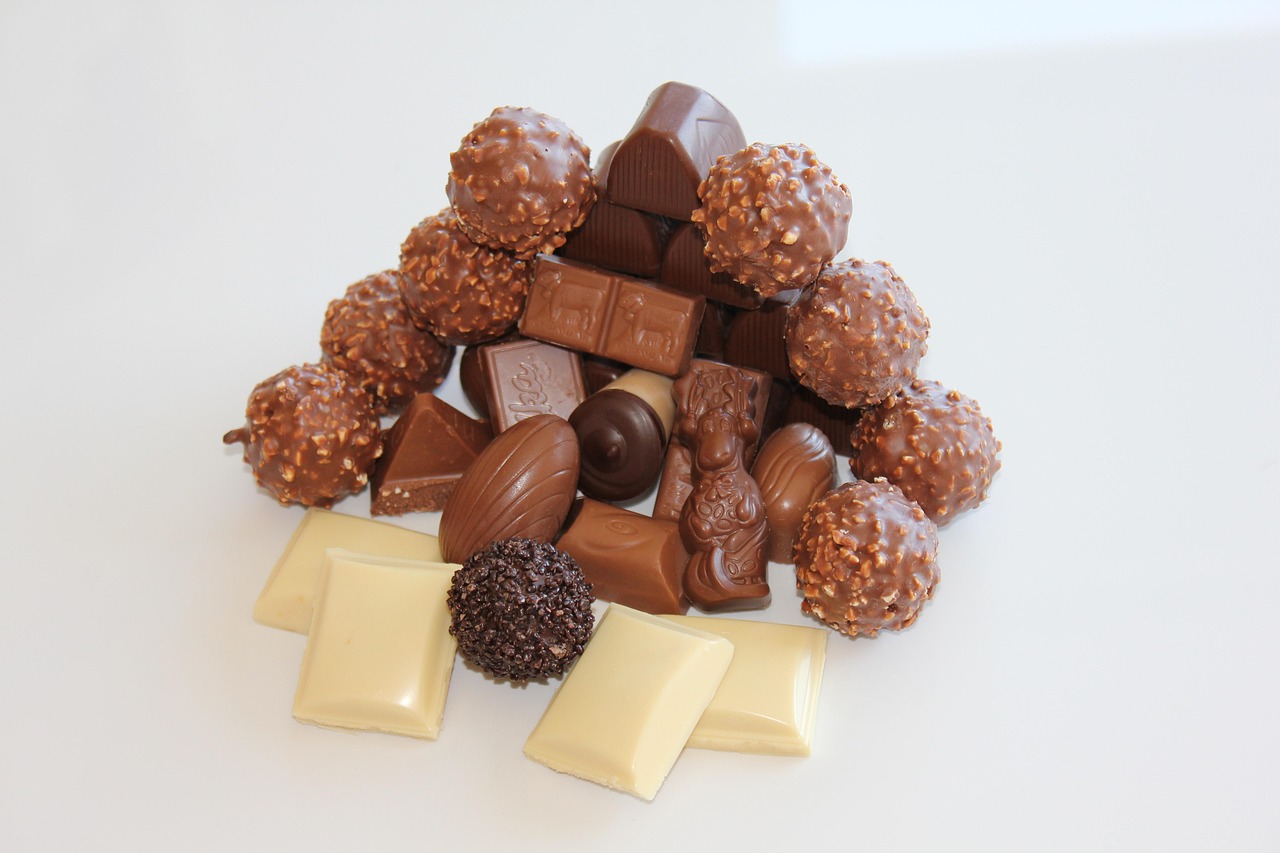
Maltitol’s unique properties—low calorie, low glycemic impact, and moisture-retaining abilities—make it versatile. Here are the most common places you’ll find it:
1. Food and Beverages (the biggest use case)Bahasa Indonesia:
- Sugar-free confections: Think hard candies, gummy bears, and chocolate. Maltitol doesn’t crystallize easily, so it keeps candies smooth. It also resists “bloom”—the white film that forms on old chocolate—extending shelf life.
- Baked goods: Low-sugar cookies, cakes, and muffins often use maltitol. Its ability to hold onto moisture keeps baked goods soft longer, so you won’t have to deal with dry, crumbly sugar-free treats.
- Frozen desserts: Sugar-free ice cream and sorbet use maltitol to prevent ice crystals from forming, keeping the texture creamy.
- Oral care products: Sugar-free gum and toothpaste add maltitol because it doesn’t feed the bacteria in your mouth that cause cavities, unlike regular sugar.
2. Pharmaceutical and Personal CareBahasa Indonesia:
- Medications: Liquid cough syrups, chewable vitamins, and antacids use maltitol to sweeten without raising blood sugar—this is critical for patients with diabetes. It also helps thicken liquids for easier swallowing.
- Skincare: Some lotions and lip balms include maltitol as a humectant; it draws moisture to the skin, helping with dryness.
Is Maltitol Safe? Key Insights from Regulatory Bodies
When it comes to safety, it is widely approved by global authorities—this is where we lean on authority:
- The U.S. Food and Drug Administration classifies maltitol as a “Generally Recognized as Safe” (GRAS) ingredient when consumed in moderate amounts.
- The European Food Safety Authority (EFSA) has set an acceptable daily intake of 30 mg per kilogram of body weight. For a 150-lb (68-kg) person, that’s about 2,040 mg, or roughly 2 grams, per day—though most people can tolerate more, up to 10-20 grams, without issues.
The main caveat? Like many sugar alcohols, it isn’t fully digested in the small intestine. Undigested maltitol moves to the large intestine, where it can ferment. For some people, this leads to mild digestive discomfort: gas, bloating, or loose stools. The key is moderation—start with small servings of maltitol-containing foods to see how your body reacts.
For people with diabetes: Maltitol has a low glycemic index (GI of ~35, compared to table sugar’s GI of 100), so it causes a slower, smaller blood sugar spike. However, it still has calories—about 2.4 calories per gram, vs. 4 for sugar—so it should be counted in your total carbohydrate intake. Always check with a dietitian if you’re managing diabetes.
Final Thoughts: Is Maltitol a Good Choice?
It isn’t a “superfood,” but it’s a practical option for anyone looking to cut back on added sugars without giving up sweet flavors or enjoyable textures. It’s widely studied, regulated, and works well in everything from snacks to meds.

